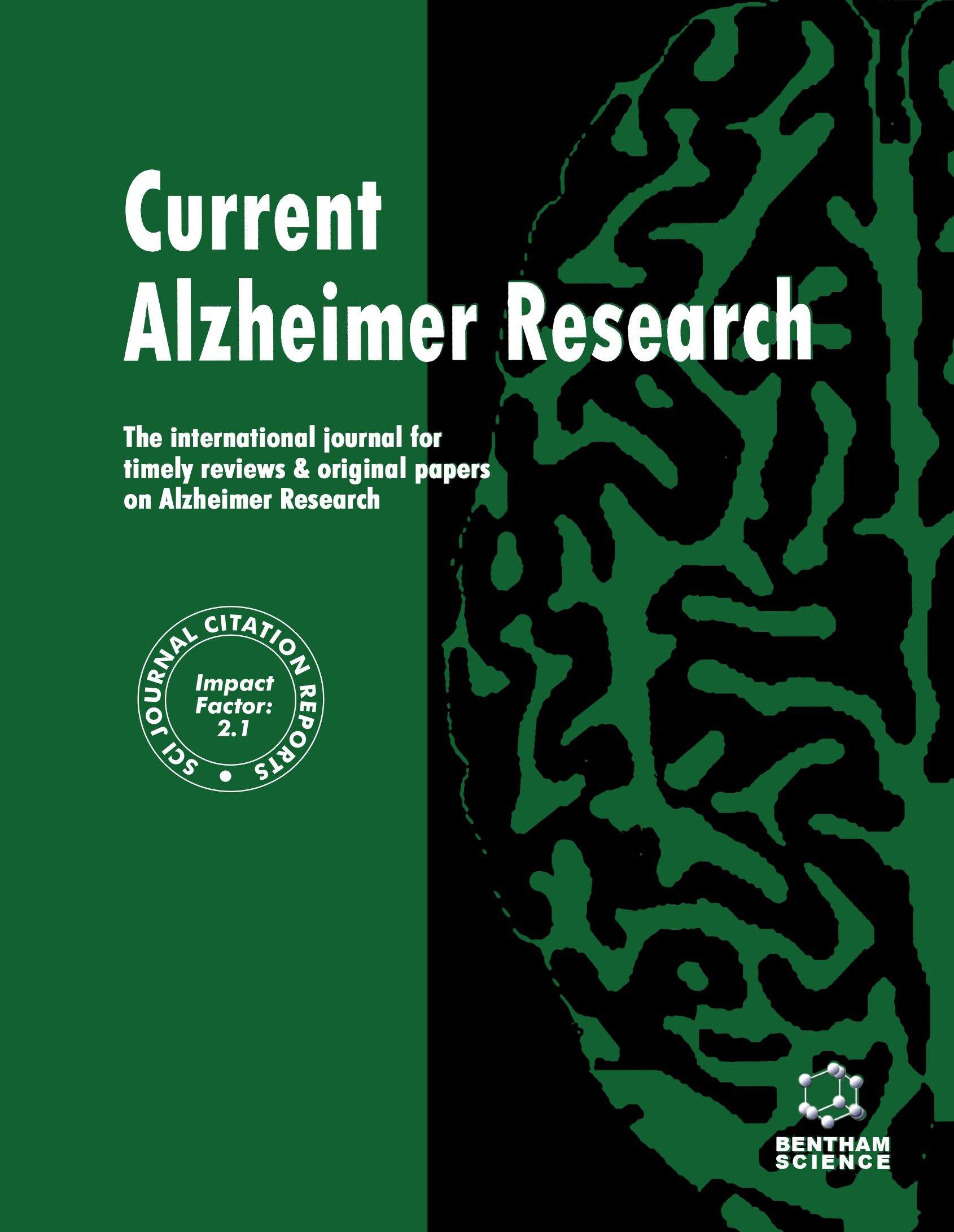
Full text loading...
We use cookies to track usage and preferences.I Understand
Alzheimer's disease (AD) is an alarmingly prevalent worldwide neurological disorder that affects millions of people and has severe effects on cognitive functions. The amyloid hypothesis, which links AD to Aβ (amyloid beta) plaque aggregation, is a well-acknowledged theory. The β-secretase (BACE1) is the main cause of Aβ production, which makes it a possible target for therapy. FDA-approved therapies for AD do exist, but none of them explicitly target BACE1, and their effectiveness is constrained and accompanied by adverse effects.
We determined the essential chemical components of medicinal herbs by conducting a thorough literature research for BACE1. Computational methods like molecular docking, ADMET (Absorption, distribution, metabolism, excretion, toxicity) screening, molecular dynamic simulations, and MMPBSA analysis were performed in order to identify the most promising ligands for β-secretase.
The results suggested that withasomniferol, tinosporide, and curcumin had better binding affinity with BACE1, suggesting their potential as therapeutic candidates against Alzheimer’s disease.
Herbal therapeutics have immense applications in the treatment of chronic diseases like Alzheimer’s disease, and there is an urgent need to assess their efficacy as therapeutics.

Article metrics loading...

Full text loading...
References


Data & Media loading...

